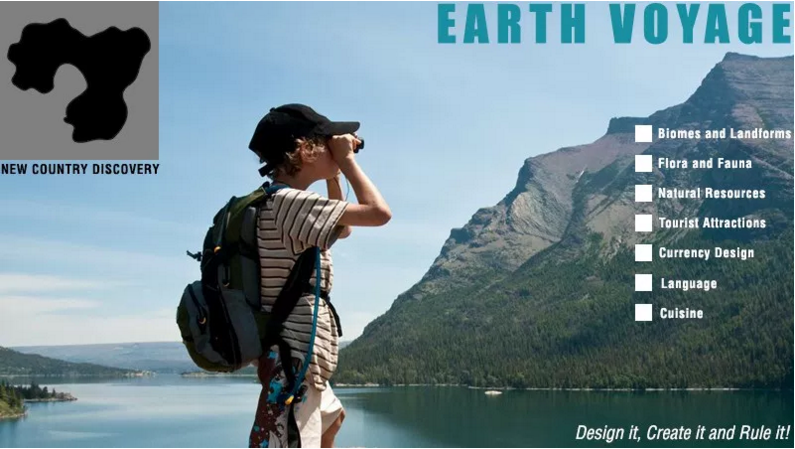I wish I could take full credit for this project idea, but it was inspired by an article I saw in my nephew's Highlights magazine! In Highlights, students created a robot racer. I took this idea and let children have complete creative freedom to design any racer they would like. All they needed was an empty square tissue box and a tennis ball! Then of course a ramp or some type of hill for their racers to travel down!
In this lesson, students use their design skills to create their very own one of a kind racer! They want it to look aesthetically pleasing, however, they must use their engineering skills to make it travel fast! Will 30 pom pom balls, 20 pipe cleaners, layers of construction paper and glue really help their racer? Students learn that minimal design is not only more pleasing to the eye, but can also help them construct a super fast racimal (racing creature). This lesson also ties in well with a forces and motion unit. Students experiment with push, the amount of effort applied (to push) and distance. Teachers can also tie math in by having students measure the distance their racer traveled.
Here is what you need:
▪ A variety of art materials for students to go crazy /experiment with! (construction paper, pipe cleaners, markers, crayons, googley eyes, etc)
▪ Empty square tissue boxes (with the top square cut off - where you pull the tissue out)
▪ Tennis Balls
What you do:
1. First cut the top off of the tissue box (this is the bottom of the racer)
2. Next, decorate it! Students can create an animal, superhero, monster, alien, cryptid, anything they can imagine.
3. Then students put the tennis ball inside of the opening of the tissue box, flip it over (tennis ball on the bottom, inside of the box), set it on a ramp and watch it go!
























